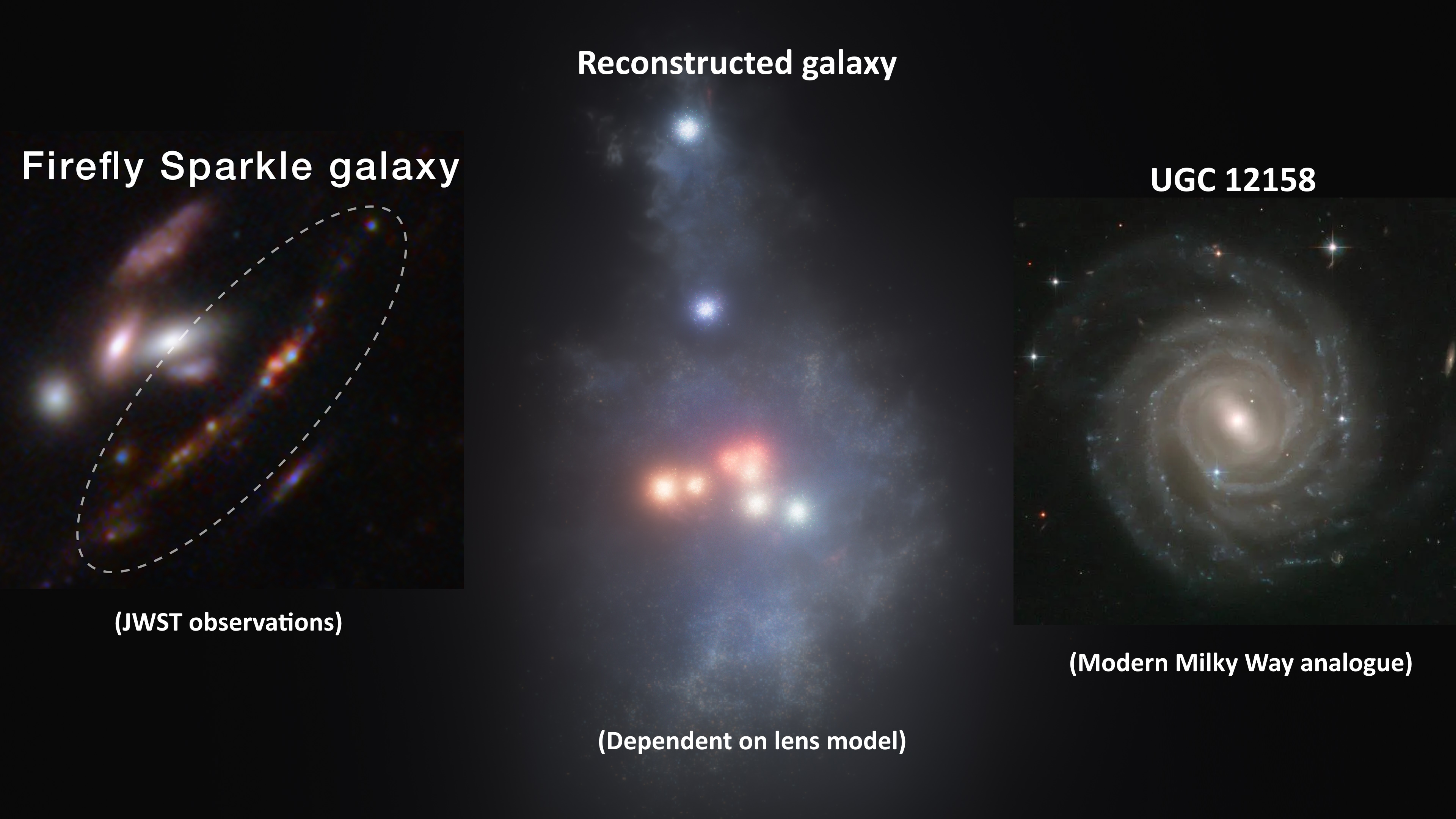Strange But True: Dark Matter Grows ‘Hair’ Around Stars And Planets
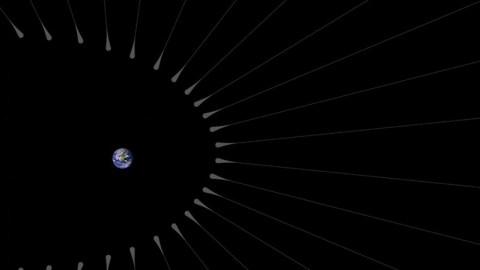
Dark matter may be cold and collisionless, but the strange behavior of planets just might lead to its detection.
“Few enterprises of great labor or hazard would be undertaken if we had not the power of magnifying the advantages we expect from them.”
–Samuel Johnson
If you understand how stars, gas, dust, plasma, and all other “normal” matter works — all the material made out of protons, neutrons, and electrons — you can figure out how much normal matter there is in each structure you look at, including solar systems, stars, galaxies, clusters, and even the entire Universe itself. When we put each individual piece of information together, we find that it’s all consistent with the same number: 4.9% of the total energy density of the Universe is in the form of atomic-based matter.

Does that number seem a little low to you? It might; your expectation would be that the matter density — the energy stored in the form of all the matter and radiation we’ve ever observed — would be closer to 100%. But when we look at the total mass of the Universe, through its gravitational affects and the laws of General Relativity, we find that there’s an additional 27% of the energy density in a new type of matter: dark matter, as well as a remaining 68% in the form of dark energy.
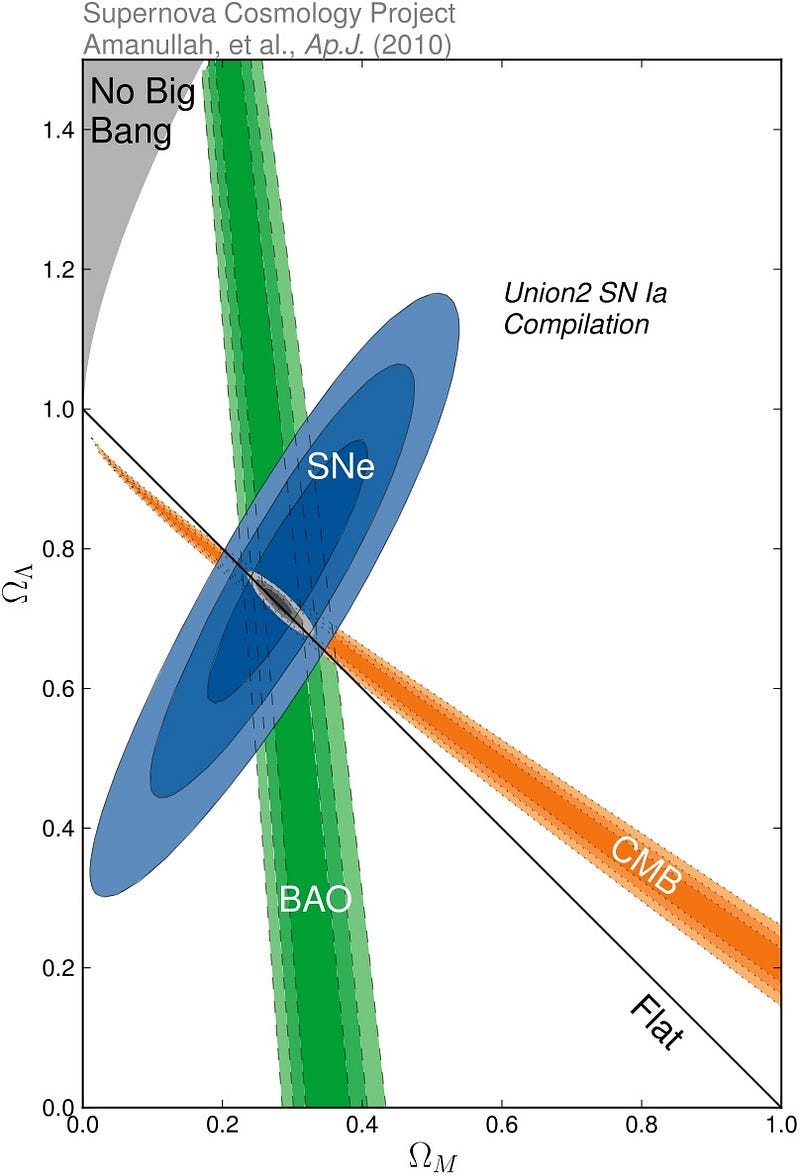
The combination of structure formation on the largest scales, the fluctuations and properties of the Cosmic Microwave Background (or the leftover glow from the Big Bang), and distant supernova data all lead us to the same Universe: with about 5% normal matter, 27% dark matter, and 68% dark energy.
But when it comes to something like our galaxy, particularly in our local solar neighborhood, the amount of dark matter is dwarfed by the amount of normal matter. Our Solar System is dominated by our Sun, containing some 1.99 × 10³⁰ kg of mass, which is 99.8% of the Solar System’s mass. About half the rest is from Jupiter, followed by Saturn and the other gas giants. But even if we take into account the fact that there’s five times as much dark matter as there is normal matter, the normal matter is clumped together, while dark matter is extraordinarily diffuse.
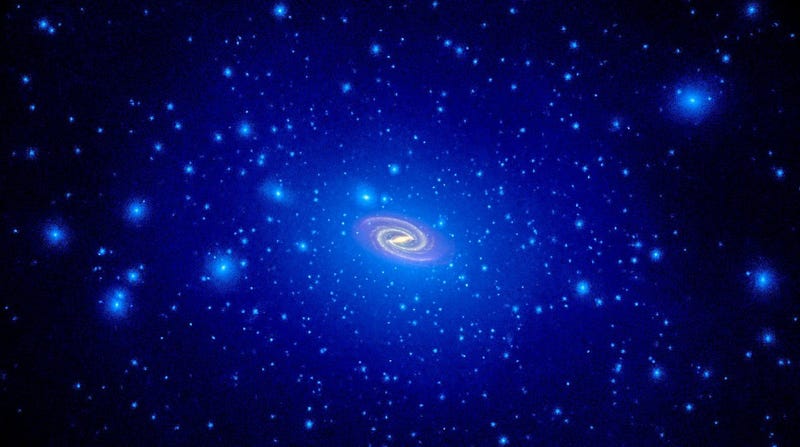
If we were to draw an imaginary sphere around the Solar System a light year in radius, we’d enclose only about a Saturn-mass worth of dark matter. If we asked ourselves how much dark matter there is per cubic kilometer in our Solar System, it’s less than a nanogram’s worth. No wonder our direct detection efforts have come up empty; not only does dark matter hardly interact (if at all) with normal matter or itself, but there’s almost none of it where we’re located!
But a recent new paper by Gary Prézeau suggests a remarkable way to magnify this, using the fact that Earth — and all the compact, planetary masses in the Solar System — are streaming through this sea of dark matter.

It’s a lot like the way a magnifying glass can focus sunlight into a single point: by bending the various rays together in a stream behind the lens. In the case of dark matter and a planet, however, it’s the mass of the planet itself — and the force of gravity — that causes the dark matter to come together in a caustic stream, referred to by Prézeau as a “hair,” that has such a significant density enhancement.
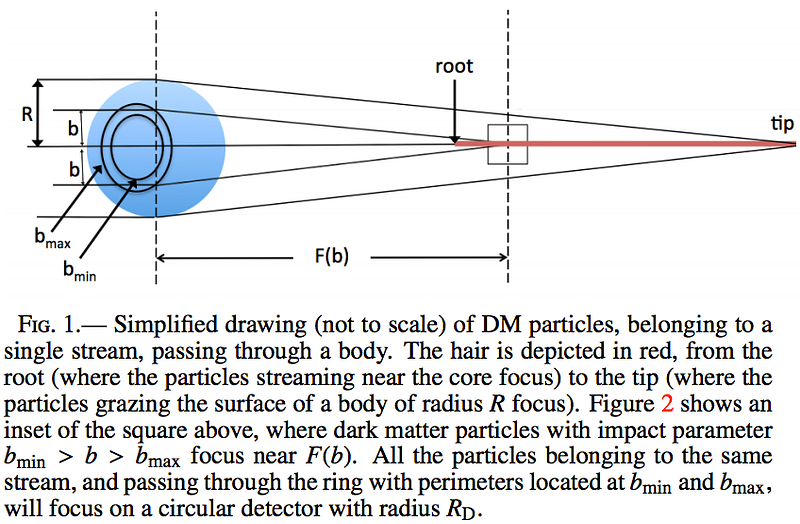
For the Earth, the hair’s root starts about a million km behind the Earth as it moves through the galaxy, and has a density enhancement of about 1,000,000,000 over the normal dark matter density, whereas Jupiter’s root starts 10 times closer to the planet and offers an enhancement of an extra factor of 100 over Earth. The result is either a single hair, if dark matter is a continuous, stationary fluid, or a series of ellipsoidally distributed hairs, if the dark matter is a fluid flowing in many different directions, randomly, all at once.
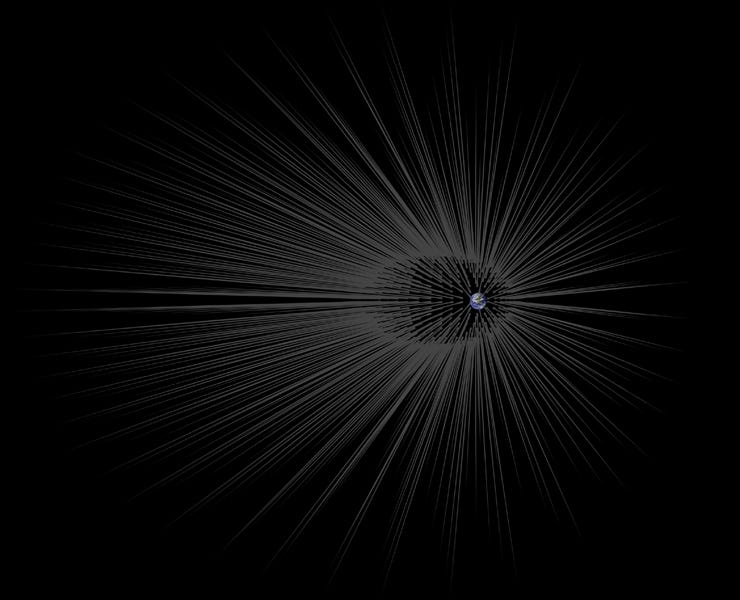
What’s remarkable about this is that this density enhancement is simply a consequence of dark matter being a cold and collisionless massive particle, existing in a halo around our galaxy. It doesn’t matter what type of particle dark matter is: whether it’s supersymmetric, comes from extra dimensions, is light (like an axion), is heavy (like a WIMPzilla), or is a sterile neutrino. So long as it falls into the generic class of “cold dark matter,” this density enhancement is real.
Prézeau’s work is particularly stinging for me, because about a decade ago, as a graduate student, I was asked by my advisor to consider this problem, which I did. But in my analysis, I only considered the effect that the passing dark matter would have on the planet’s velocity, not of the density enhancement in the planet’s wake. Prézeau’s conclusion is correct, and it means that if we were to position our detectors in the wake of one of these hairs — if dark matter behaves as we expect it to — the sensitivity of our dark matter detectors will improve by a factor of one billion, immediately.

Dark matter really does grow hairs around stars and planets, and around all massive, bound structures. The big question now becomes who’s going to take advantage of this, and hopefully be the first to directly detect it?
Leave your comments on our forum, support Starts With A Bang! on Patreon, and use WS15XMAS30 to pre-order our book, Beyond The Galaxy, at 30% off!



